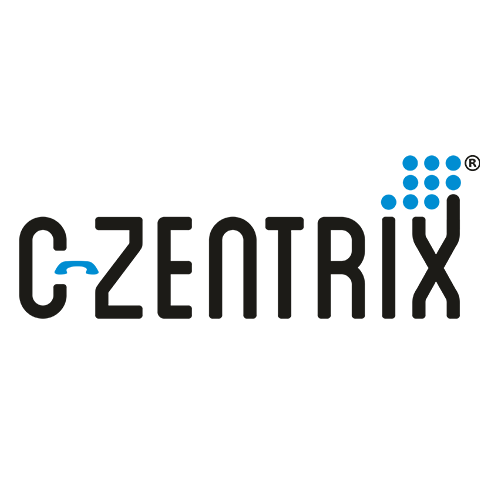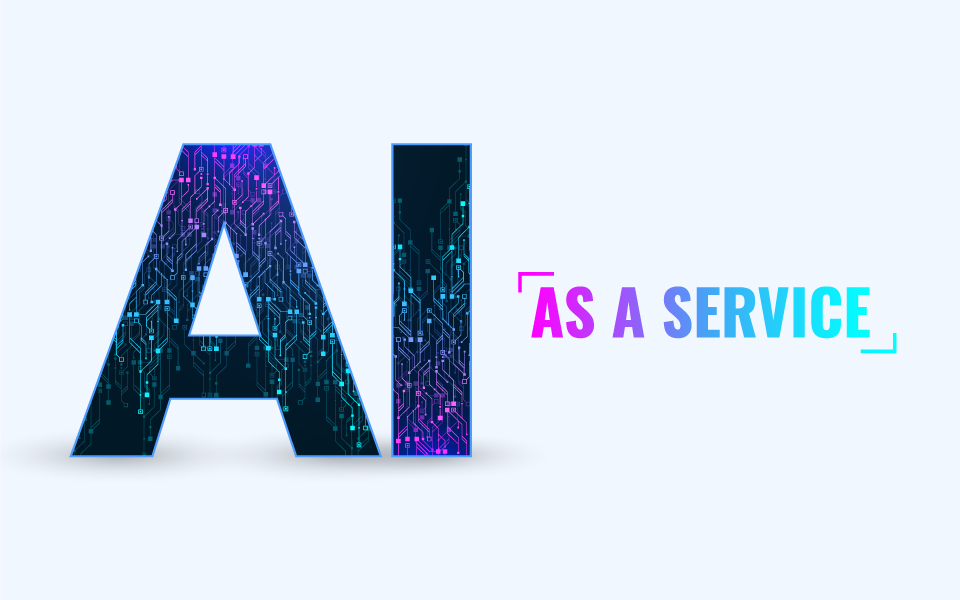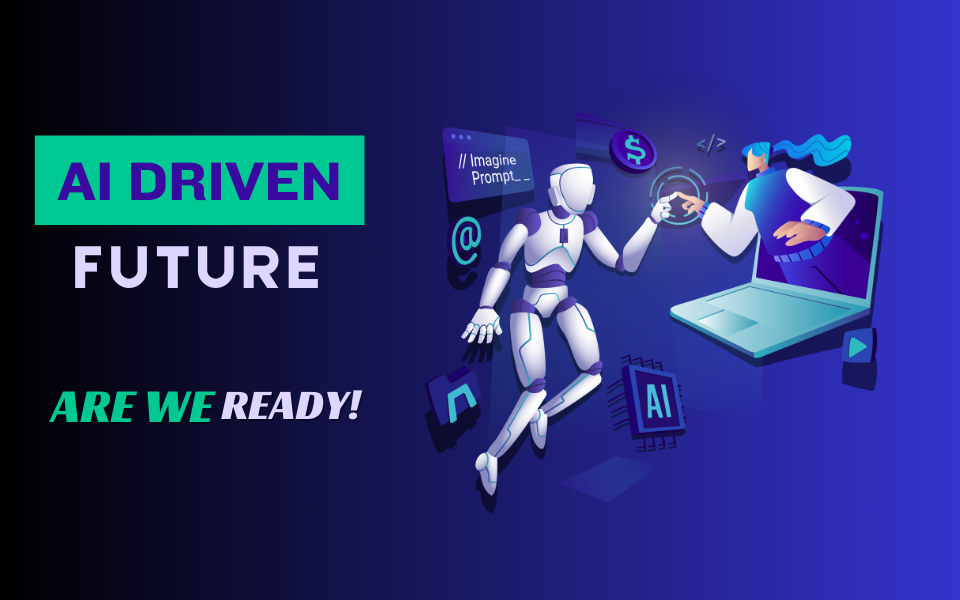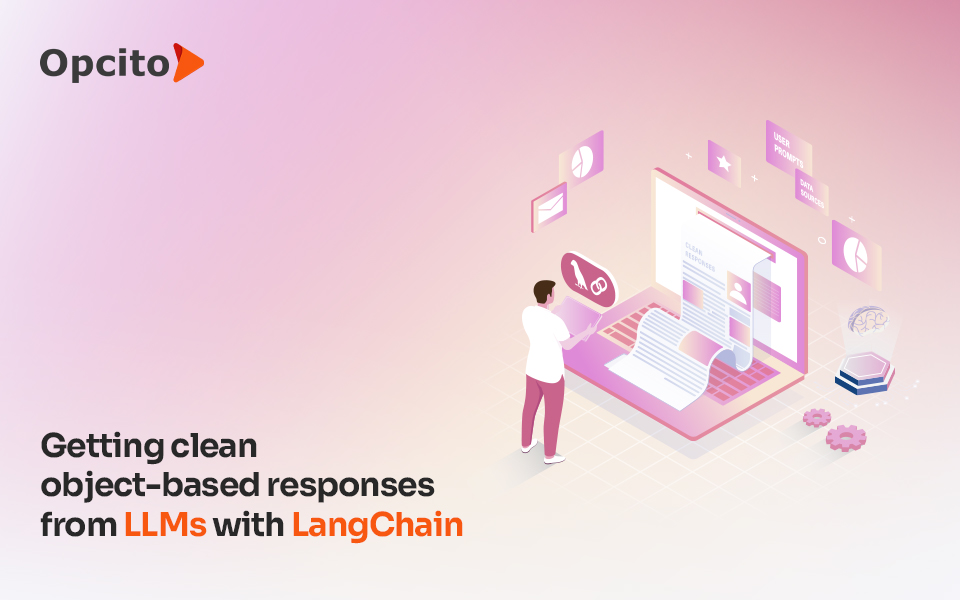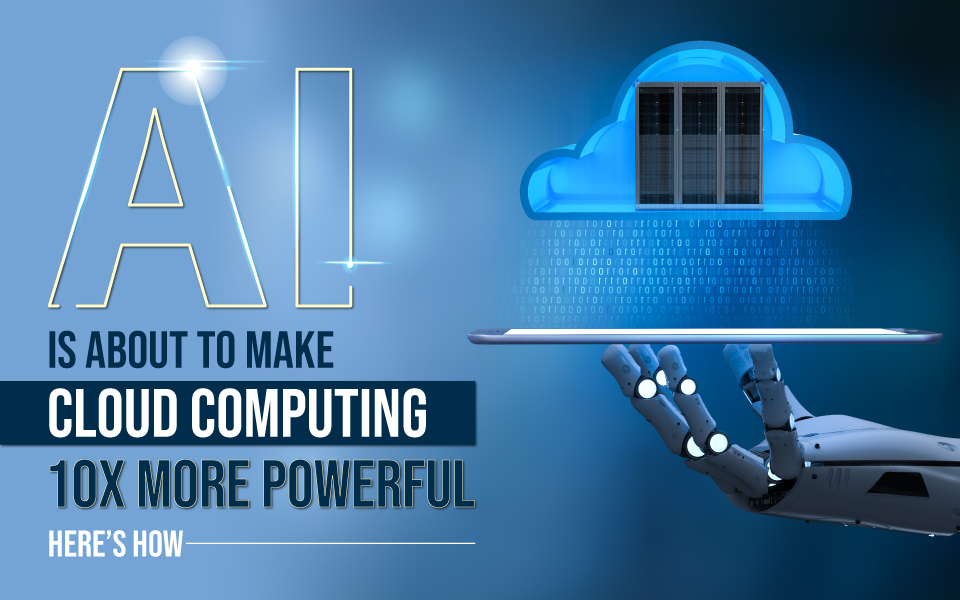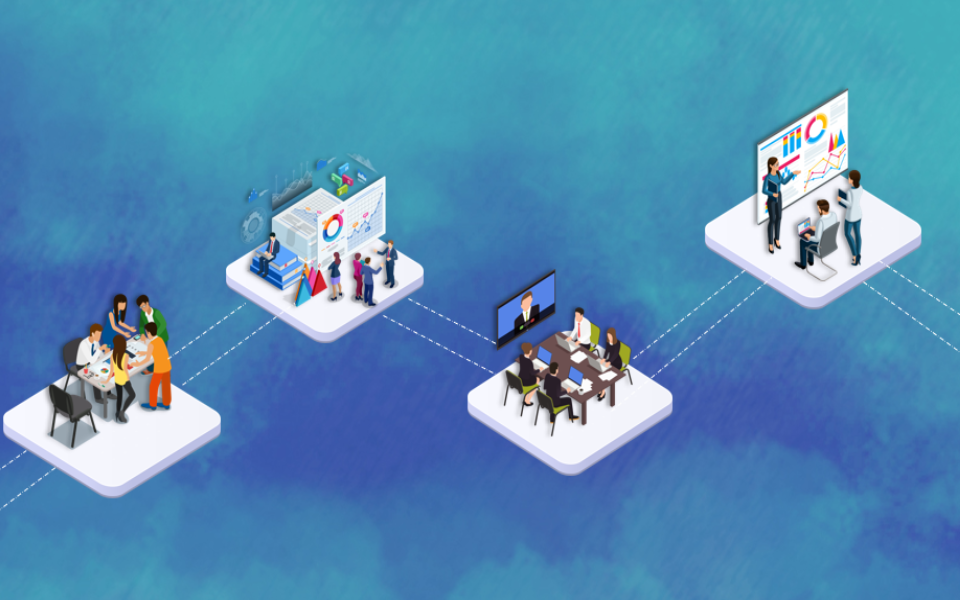Contact centers have undergone a transition since the coronavirus pandemic made on premise solutions obsolete. In the face of modern adversity, cloud technology presented a new solution. It became an integral part of Business Continuity Plan (BCP). Cloud contact centers have been around quite some time , however, the compulsion to adopt it arrived only recently.
Fun fact, the cloud software (aka SaaS) journey started way back in 1999 when Salesforce released its first cloud-based CRM system. This one step paved the path for a complete makeover of contact centers. Soon around 2004, cloud technology penetrated different spheres of call centers making it a great alternative to on-premise.
Over the years contact center owners had a lot of second thoughts before committing to cloud tech. That is changing rapidly. Post-pandemic, many organizations have completely eradicated the need for their on-premise setup. With permanent work-from-home unless needed, otherwise, cloud-based contact centers have revealed a new way of operating.
What Is A Cloud Based Contact Center?
A cloud contact center is an amalgamation of all contact center tools and applications, together hosted on a cloud. Being hosted online, the services are accessible from any geographic location. Cloud contact centers are hosted on a company-owned internet server (private cloud) or popular public cloud (like GCP, Azure, AWS) via which all inbound and outbound calls are conducted. It also allows engagement via voice, social media, video, webchat, bots and any other possible channel.
Cloud data center manages all the hardware/infra and with managed services it provides highly scalable, multi geo and high availability to run your contact center solutions. It can integrate with your existing in-house CRM system and other AI-driven solutions as well.
On-Premise vs Cloud-Based Contact Center
On-premise setups are restricted in many ways. From time-consuming updates to scheduled maintenance, all of it is a costly affair. Let’s have a look at the differences between the two setups.
|
On-Premise Contact Center Solution
|
Cloud Contact Center Solution
|
|
1. This solution enquires heavy equipment and has a time consuming implementation process.
|
1. There is no heavy equipment required for cloud-solution and the implementation process is time efficient.
|
|
2. It requires steady scheduled maintenance.
|
2. It has very low maintenance as everything is hosted online.
|
|
3. It has a high scope of failures as it is heavily dependent on hardware.
|
3. CCaaS has lesser chances of failure or drawbacks as it is software and network dependent.
|
|
4. Most upgrades take a longer time and doesn’t happen consecutively.
|
4. All upgrades happen in near real-time. With devops and CI/CD pipeline the upgrades are seamless.
|
|
5. Takes time to scale
|
5. Fairly scalable in real-time.
|
|
6. Hardware-dependent solution might lead to downtime, costing you revenue.
|
6. Software-dependent solution has a lower risk for downtime.
|
|
7. Cannot support remote teams thus hindering business continuity in face of adversity.
|
7. Can support remote teams, also enabling business continuity in face of adversity like the coronavirus pandemic.
|
Major Benefits of A Cloud Contact Center Solution
While the differences state out the benefits of a cloud contact center solution, it is important to understand why they impact your organisation. Let’s talk about how they are impactful:
Scalable Solution for Businesses of All Sizes:
Businesses grow overtime and expand at their own pace. Investing in a solution that you might need in the future, seems like a waste of resources. Getting confined by licenses and hardware and the costs around it can really restrict growth, especially for SMBs. A cloud contact center solution doesn’t pose this threat as it can be upgraded or downgraded in real-time with no hardware restrictions. In other words, you can always freely change your cloud-based plan. Whether it is adding more agent logins, integrating a new channel or hiring people at a new location, cloud-tech can accommodate it all.
Most cloud-based solutions are structured on a pay-as-you-go model, making it a flexible choice for contact center owners.
Expand Your Workforce with No Geographical Restrictions:
Hiring globally always seems like a costly endeavor but it doesn’t have to be that way. As cloud-solution is hosted online, you don’t have to worry about moving your workers to your location. They can easily login through their respective devices and can go ahead conducting or receiving calls.
Contact centers usually need to hire globally or regionally for linguistic purposes. Hiring locals to reach out to more people is easier for any business. Cloud-based solutions offer this opportunity without shelling out your resources.
Improved Communication with Omnichannel Experience:
Customer touchpoint are not constant. You never know when you might need to add new channels to your operation and assign your agents on it. While some might like SMS, many might prefer social media or WhatsApp. To quickly adapt to a new communication channel, you need a flexible solution that allows you to do so. In an on-premise setup, it takes some time to setup a new channel and the equipment to sustain it. Thanks to cloud-solution, you can just upgrade in real-time with ease.
Adding multiple channels might trigger silos of isolated data. Bringing all the customer interactions under one-hub, will allow you to plot customer journeys and design an appropriate experience for them. This ultimate omnichannel experience is essential when you serve on multiple channels. It also aids your agents to move through customers quickly as most of the information is available under one dashboard. Overall, the omnichannel experience is a win-win for both parties.
Cost Efficiency:
Every enterprise wants to find new ways of cost-cutting, no matter how successful they are. Pertaining to that truth, a cloud solution is the most efficient contact center technology in the market right now. Imagine all the above mentioned benefits at reduced costs! Who would say no to that?
Most traditional setups were heavily hardware dependent which needed constant manual servicing. And yes the dreaded AMC (Annual Maintenance Cost)!
Removing these out of the picture, running a contact center becomes actually much cheaper. With a cloud-solution, you can create a fully-functional omnichannel contact center at limited resources. Above all, when you shift to the digital realm, you can opt to let go of your physical office infrastructure. The work-from-home culture is on the rise as many offices are switching to a complete digital workspace.
Real-time Agent Monitoring:
Many contact centers are shifting to cloud and are discontinuing their physical offices. One must wonder if it causes any sort of inefficiency? It is obviously a change and depends on the adaptability of the enterprise. However, managers can monitor their agents in real-time and barge in to help them as well.
You can measure their call metrics, agent performance, agent’s online time and other important data. As all calls are recorded and logged, you can also go back to these calls and analyse them further for quality and training purposes. Agents screens are also recorded to ensure that the work is being conducted to their full capacity. All of this information give your team a certain amount of control to make better decisions.
Power of Artificial Intelligence:
Cloud based contact centers can harness the power of AI in a comprehensive way than its on-premise counterpart. Whether it is Voice bot, speech analytics, AI powered agent assistant, sentiment analysis or even customer churn predictor - all rely on numerous AI models and 3rd party services which can be seamlessly accessible over cloud. Also these models are using supervised, unsupervised or reinforcement learning and the training environment invariably has to be in cloud for the cost benefits. AI has ushered a new paradigm for contact centers and all these benefits are readily available for cloud contact centers.
Conclusion:
As all the points suggest, a cloud-based contact center solution is a brilliant alternative to on-premise to provide engaging customer service. It is more efficient, ecological and millennial friendly. Being a scalable option, it paves a path for newer opportunities that is ideal for any growing business.





